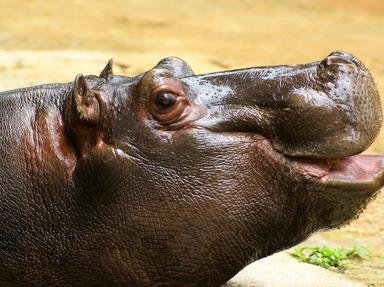Quiz Answer Key and Fun Facts
1. Generally solitary marsupial, with black fur, that is characterised by strong teeth and its unpleasant smell.
2. Desert-dwelling Australian lizard that is covered in sharp spiky scales and eats ants.
3. The caterpillar of the regal moth; after its last moult it is bright green with big red horns.
4. A large colourful insect, with the ability to impersonate plants, that is native to east and south-east Africa.
5. A flat, bottom-dwelling shark with large fins and eyes on the top of its head. It is commonly found along the east coast of the USA and in the Caribbean.
6. Popular in various cuisines, this crustacean is good at swimming and has a velvety texture.
7. A species of reptile that is endemic to the rainforests of Madagascar and is good at camouflage.
8. A species of rove beetle, this black-bodied creature is native to Europe and Asia and can secrete a foul odour.
9. A close relative of the stonefish, this creature has venomous spines and can be found on coral reefs and sandy seabeds of the Pacific and Indian Oceans.
10. A particularly ugly deep-sea fish with a black body and sharp pointed teeth. The females are often around six-times larger than the males.
Source: Author
Fifiona81
This quiz was reviewed by FunTrivia editor
rossian before going online.
Any errors found in FunTrivia content are routinely corrected through our feedback system.
